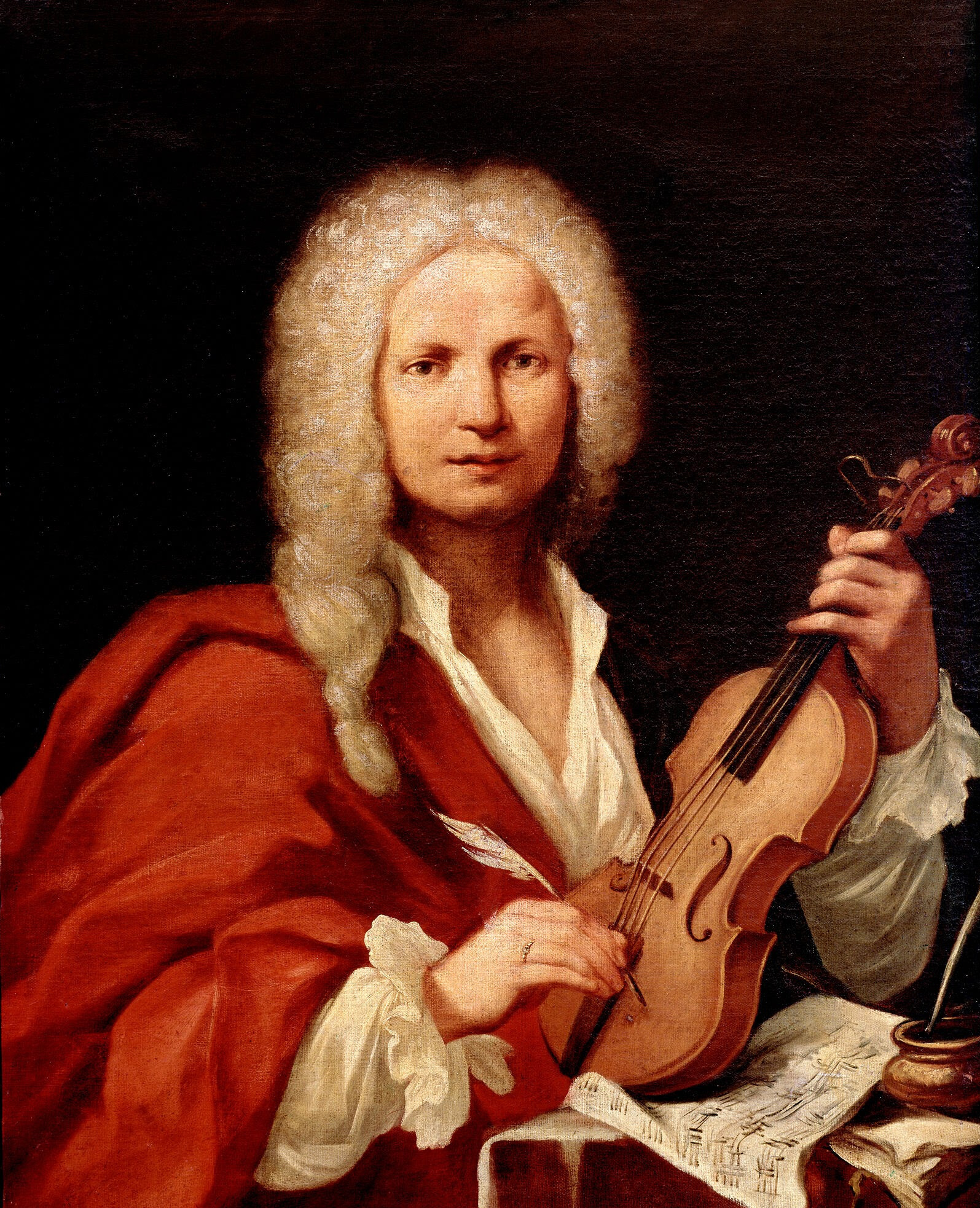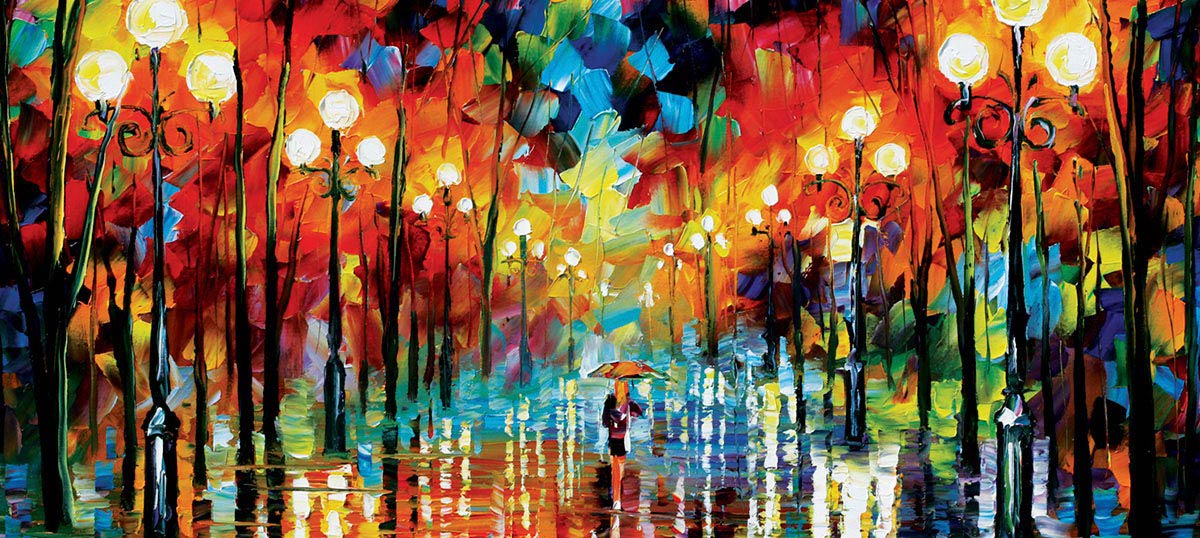 When one thinks of Edgar Degas what automatically comes to mind are his infamous amount of paintings depicting ballerinas and stills from Swan Lake. However, what many do not know is that the painter occasionally dabbled in sculpture as well. The most notorious of his three dimensional work is The Little Dancer of Fourteen Years (La Petite Danseuse de Quartorze Ans). Sculpted circa 1881, the piece depicts Marie van Goethem, a young student of the Paris Opera Ballet dance school. It is two-thirds life size and was originally made of was, an unusual medium for the time. Degas dressed the dancer in a real bodice, tutu and ballet slippers, along with a wig of real hair. The entire piece is covered in wax, excluding the hair ribbon and tutu. After his death, Degas' wife chose to have the sculpture replicated in twenty-eight iterations, all in bronze with varying tutus across the museum.
When one thinks of Edgar Degas what automatically comes to mind are his infamous amount of paintings depicting ballerinas and stills from Swan Lake. However, what many do not know is that the painter occasionally dabbled in sculpture as well. The most notorious of his three dimensional work is The Little Dancer of Fourteen Years (La Petite Danseuse de Quartorze Ans). Sculpted circa 1881, the piece depicts Marie van Goethem, a young student of the Paris Opera Ballet dance school. It is two-thirds life size and was originally made of was, an unusual medium for the time. Degas dressed the dancer in a real bodice, tutu and ballet slippers, along with a wig of real hair. The entire piece is covered in wax, excluding the hair ribbon and tutu. After his death, Degas' wife chose to have the sculpture replicated in twenty-eight iterations, all in bronze with varying tutus across the museum. Regarding his style, Degas is especially identified with the theme of dance and termed as one of the founders of Impressionism. His work accurately depicts his mastery of capturing movement, even with the moment frozen in time on the canvas. Additionally, his portraits are notable for their psychological complexity and portrayal of human isolation.

Contrast to this,The Little Dancer of Fourteen Years possesses slightly different qualities. During the piece's first showing, its critical acclaim was mixed across the spectrum. Some were appalled by the piece and equated it to a monkey. Others believed the dancer was exhibiting pain due to the twisted and unnatural poses her limbs were positioned in. Still, other critics believed she was purely ugly, anything but angelic and innocent, and somewhat gawky.
Although the piece is viewed as controversial, especially for its time, Degas surpassed all boundaries and sought to link graphic art and oil painting. Similarly, he valued sculpture and drawing equally. In other words: "Drawing is a way of thinking, modeling another."
Present in the sculpture are the subtle themes of life for adolescents during the late 1800s and the hidden oppression the working class experienced. As aforementioned, Degas modeled his subject on Marie van Goethem. Contrary to what some might believe, Marie was actually an "opera rat" or a lower stature dancing student of the Paris Opera Ballet dance school. The piece was met with such criticism during the time due to its challenge on the French bourgeoisie society and academic tradition. In essence, Degas was compelling viewers to perceive the seamy side of ballet, or the dominant presence the cultural institution placed upon metropolitan life. At the same time, many of the "rats" came from the lower class and were mostly popularly viewed as vulnerable to the moral corruption enforced by aristocratic suitors. The artist also attempted to illustrate the effects of poverty and link with vice by flattening the model's facial features, exaggerating her forehead, and making the jaw protrude. From this, he was exhibiting the connection between physiognomy and degeneracy as well. Moreover, just by using unconventional materials for the sculptures lends to that fact that Degas wanted to portray realism/naturalism rather than modern ideals.
Despite what many believed to be an insult to society, The Little Dancer of Fourteen Years is one of the most thought provoking and eye catching sculptures of all time. It provides a realist approach and glimpse into the social ideals placed upon the different classes of the times, especially between the working class and French bourgeoisie. Likewise, with her shoulders arched back and head held high, the sculpture's posture is dignified and emphasizes a poignant ballet in training. One cannot forget the dancer's facial expression in that it displays a sense of determination and pride in her posture too. Furthermore, although the color and wax are more dull, Degas purposely draws attention to the less luxurious life opera rats endured on a daily basis. The tutu and shoes are also worn and tinted with age, almost replicating the working class's struggle to survive and attain a decent life. Seeing this piece in person, or just a simple photograph, allows the viewer to empathize with the dancer yet still recognize the cruel beauty imposed by society. Along with this, such a realistic sculpture captures the controversial standards humanity possesses and effectively depicted in a work so minimalistic.








